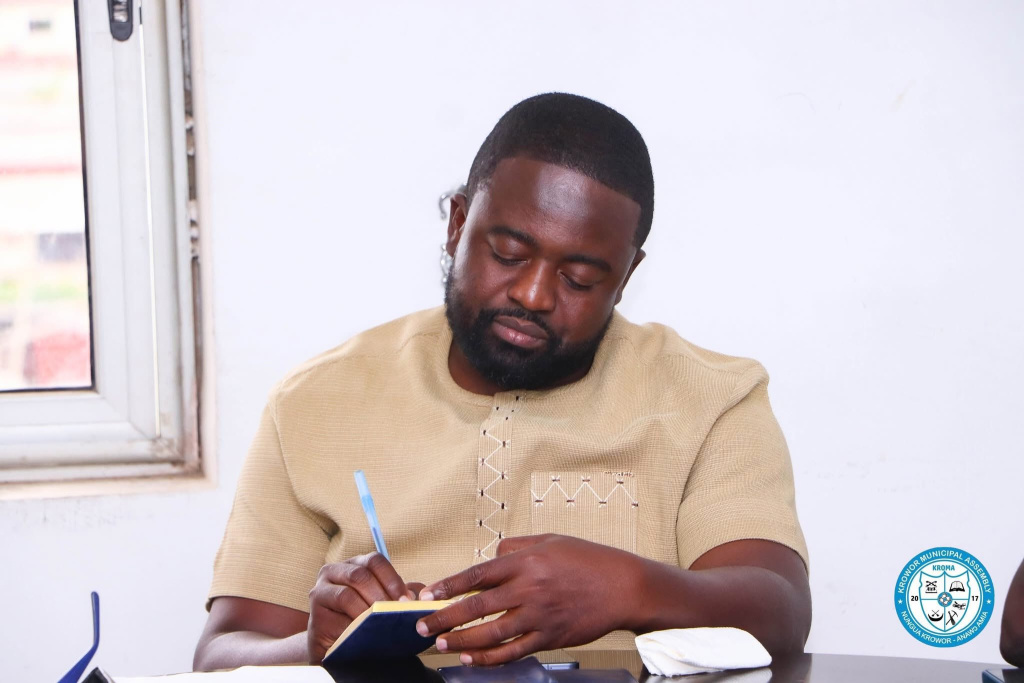

NUNGUA
History has it that the people of Nungua came from Tetetu from Benin with the first party of Gas (which included some groups in Ga Mashie at Accra Central). Tradition has it that generations ago, their high priest, Borketey Laweh, suffered grievous mutilation at the hands of an enemy through the failure of his own people to stand by him. In a dramatic denunciation, he told them that they were good-for-nothing and always would be, and their town should never get any bigger. Having cursed them he strode disgustedly onto the sea, the waters parted to receive him and he was never seen again. The area, many generations after, now seems to have overcome its curse since it is one of the vibrant and prosperous sections of the Ga State boasting of appreciable socioeconomic development.
FESTIVALS
Homowo (hooting at hunger) is a colourful festival among the Gas which is celebrated to commemorate abundant harvest after a period of severe famine experienced by the ancestors when they first settled on their lands. It is celebrated from August to September and characterized by rituals such as the sprinkling of “Kpokpoi” (the festival dish) to the gods and ancestors for spiritual protection, traditional drumming and dancing and general merry making. Apart from Homowo, the people of Nungua also celebrate the Kplejoo festival which is an annual feast festival of the people of Nungua and takes place on the first Sunday in June.
ADMINISTRATIVE AREA
The total land area of the municipality is estimated at 50 square kilometres.
The Southern boundary of the Municipality is the Gulf of Guinea from the Kpeshie Lagoon to the Mukwe Lagoon near Regional Maritime University. The boundary continues along the Maritime Road to join the Accra-Tema road to Nungua Police Station Barrier. It turns right to the Ashaiman road and continues to Lashibi Junction, branches left on the Spintex Road and moves all the way through the Coca Cola Roundabout to the Kwame Nkrumah Motoway. From there it continues left along the motoway and branches south near the East Legon tunnel and moves south towards the starting point at the Kpeshie Lagoon.
The map above show the location of the municipality within the context of the entire Greater Accra Region.
GEOLOGY
The geology of KroMA is broadly made up of Precambrian Dahomeyan Schists, Granodiorites, Granites Gneiss and Amphibolites to late Precambrian Togo Series. Soils found in the area are also categorised into four main groups namely: drift materials, alluvial and marine motted clays, residual clays and gravels as well as lateritic sandy clay soils. The coastline is characterised at certain portions by a series of resistant rock outcrops and platforms. There are however sandy beaches near the mouth of the lagoon. It is also observed that the lagoon systems are relatively narrow and flushing has been impeded by siltation or the construction of embankments, which have restricted tidal flow.
CLIMATE
KroMA lies in the Savannah zone which experiences a double maxima rainy season pattern. The average annual rainfall is about 730mm, which falls primarily during the two rainy seasons. The first season begins in May and ends in mid-July while the second season begins in mid-August and ends in October. The predominant wind direction is from the WSW to NNE sectors with speeds normally ranging between 8 to 16 km/hr. Annual temperature figures are also relatively stable with very little variation in annual temperature figures. Relative humidity in the area is also generally high varying from 65% in the mid-afternoon to 95% at night.
GENERAL ASSEMBLY
The Assembly has 19 Assembly members, 12 elected, 5 appointed, 1 MP and 1 Municipal Chief Executive.
It has 1 constituency: Krowor
1 Member of Parliament. Its administration is headed by the Municipal Chief Executive.
MIGRATION
The analysis from the 2010 Population and Housing Census also shows that 41% of the inhabitants of the Municipality were migrants. In other words they were born outside the municipality but have now settle here for the various reasons while the remaining 59% responded that they were born in the municipality. The large number of migrants in the area as well as the heterogeneous character exhibited by the Municipality should inform pragmatic approaches for development.
